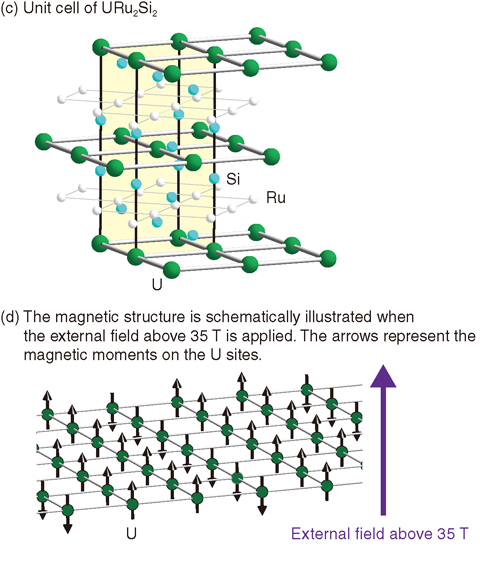
Fig.3-5 Photos of the hybrid magnet and single crystal of URu2Si2 used in this study

Fig.3-6 Crystal structure of URu2Si2 and the peculiar magnetic structure in the high field illustrated by the 29Si NMR technique
The uranium (U) material URu2Si2 exhibits a certain transition at 17.5 K accompanied by a large, specific heat jump, and it interestingly shows superconductivity at the low temperature of 1.5 K. This phase transition at 17.5 K is not an ordinary magnetic transition, and its origin is still unidentified after 30 years. Even now, many researchers are challenging to theoretically and experimentally identify this transition. If an external field is applied to this material, this transition temperature of 17.5 K gradually becomes lower. If the field reaches 35 T, the transition temperature becomes nearly 0 K and a new magnetic state emerges, the magnetic structure of which has not yet been determined. We have proposed a microscopic experiment to investigate the magnetic state via nuclear magnetic resonance (NMR), which is widely applied in medical research as magnetic resonance imaging. Consequently, our proposal to use the world’s strongest hybrid magnet in the National High Magnetic Field Laboratory in Tallahassee, Florida, USA, was approved. Thanks to a collaboration with the Los Alamos National Laboratory, 29Si nuclei enriched single crystals of URu2Si2 were prepared for our NMR purpose. Photos of the hybrid magnet and single crystal are shown in Fig.3-5.
As a consequence of the experiment, we have succeeded in observing 29Si NMR signals in the magnetic state of URu2Si2 above 35 T. From the NMR spectral analysis, in this magnetic state, each U atom has a uniform magnetic moment and the moments’ directions are bounded to be up or down along the external field, as shown in Fig.3-6. The propagation of the moments’ array would be -up-up-down-, as if the array made striped patterns horizontally. On the other hand, below 35 T, no magnetic moment was observed; that is to say that the system is non-magnetic up to 35 T. Valence electrons of the U atom, i.e., 5f electrons, permeate site-to-site as metallic band electrons in low fields; however, if 5f electrons are bounded to the U sites suddenly above 35 T, then the generated magnetic moments are vertically aligned. Interestingly, the moments’ array forms horizontal stripes with regard to the direction of the external field. Such a peculiar directional preference in the high-field metastable state is a clue to understanding the original transition below 35 T.
This study demonstrates that the nature of 5f electrons in a U atom can be highly variable with external parameters of magnetic fields or temperatures. This contributes to the knowledge for making new functional U compounds.